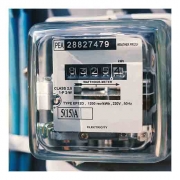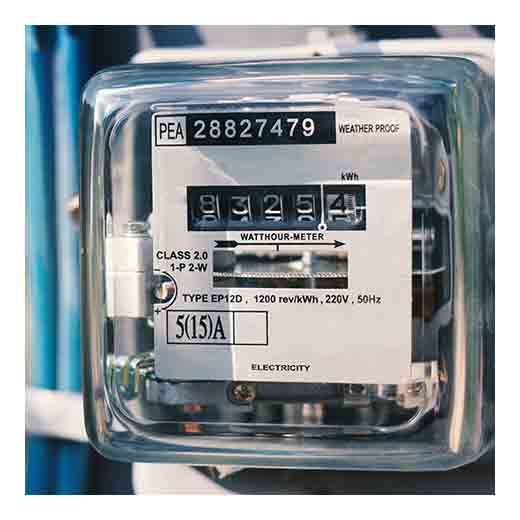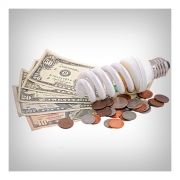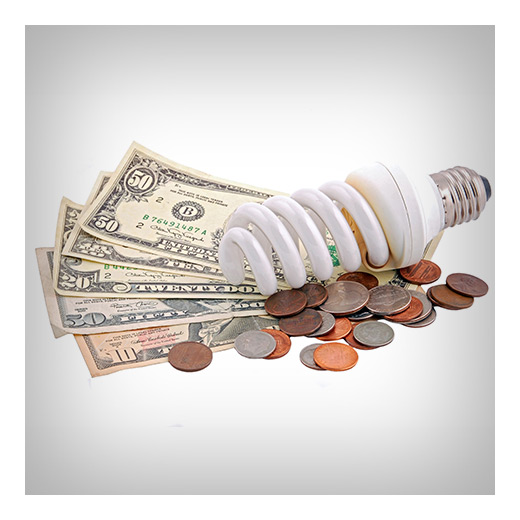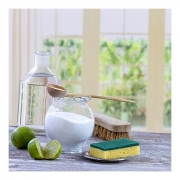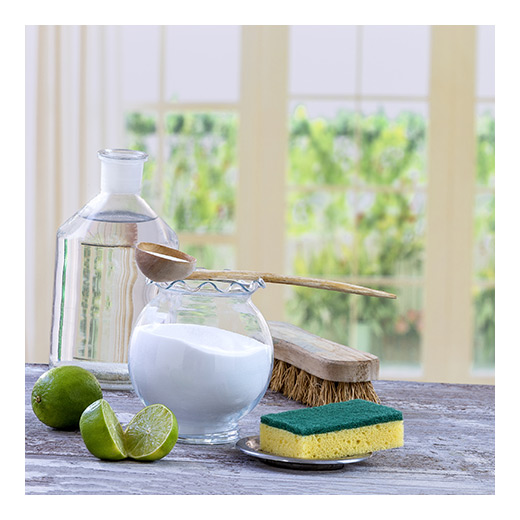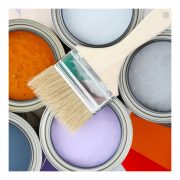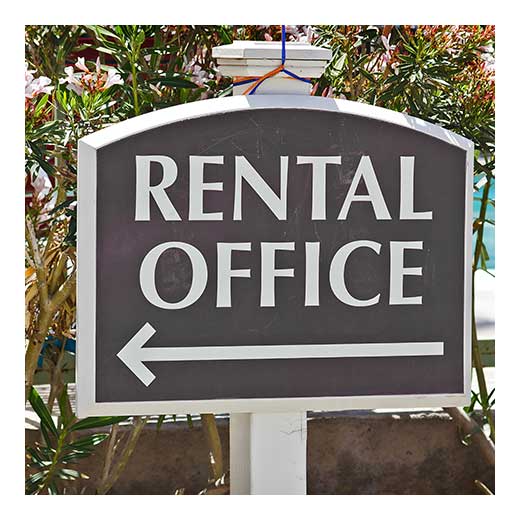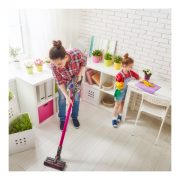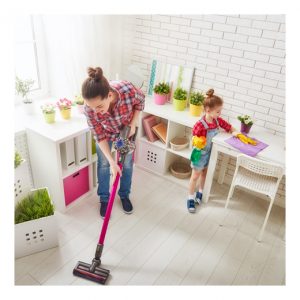Ways to Save Money with a Roommate
Ways to Save Money with a Roommate
When you get your first apartment you may find that you want to get a roommate in order to save on expenses. Living in big cities is becoming more expensive each day, so getting a roommate is a great way to cut your part of the rent in half. There are more ways to save money than just on rent with a roommate, however. Here are some other money saving tips you and your roommate can apply to cuts down on costs.
Buy in Bulk
And investment in a membership at Sam’s Club or Costco can save a lot of money in the long run. You and any roommates can split costs by buying things like toilet paper, paper towels, coffee, and more in bulk. This allows you to build up supplies that will last for months because toilet paper never goes bad.
Use Natural Light
If you apartment has ample windows that allow for natural light, embrace it! Open up the curtains and save on electricity by taking advantage of natural light as much as you can. Natural light also promotes a more cheerful household. It can keep the place a little warmer in the winter, too, if you can get direct sunlight.
Share Cooking Duties
Eating out for every meal gets expensive. An easy way to save is to eat at home, and if you can share cooking duties with your roommate, even better. It helps build a sense of community with your roommate as well. You can be creative and try new recipes for each other or keep it simple with a few tested recipes that are easy to make.
Make Plans
Making a plan with your roommate is a great way to save money. Rather than going out for drinks at the last minute because you’ve got nothing better to do, make a plan to stay in for a group activity. If you make plans at the beginning of the week you can save money at the end because you already have something to do.
Make Coffee at Home
Many people love coffee, but getting one a day at your local coffee shop can get expensive after a while. If a coffee costs $3 and you get one a day that’s $21 a week. By making coffee at home you can save money and even get creative with different flavors.
Cut the Cable Cord
Many people are cutting cable these days. A streaming service like Netflix or Hulu is a much cheaper way to watch the show you want to watch. If you can convince your roommate to split the cost, even better.
These are just a few handy tips for saving money with a roommate. Perhaps the best way is to brainstorm with said roommate and come up with your own.





